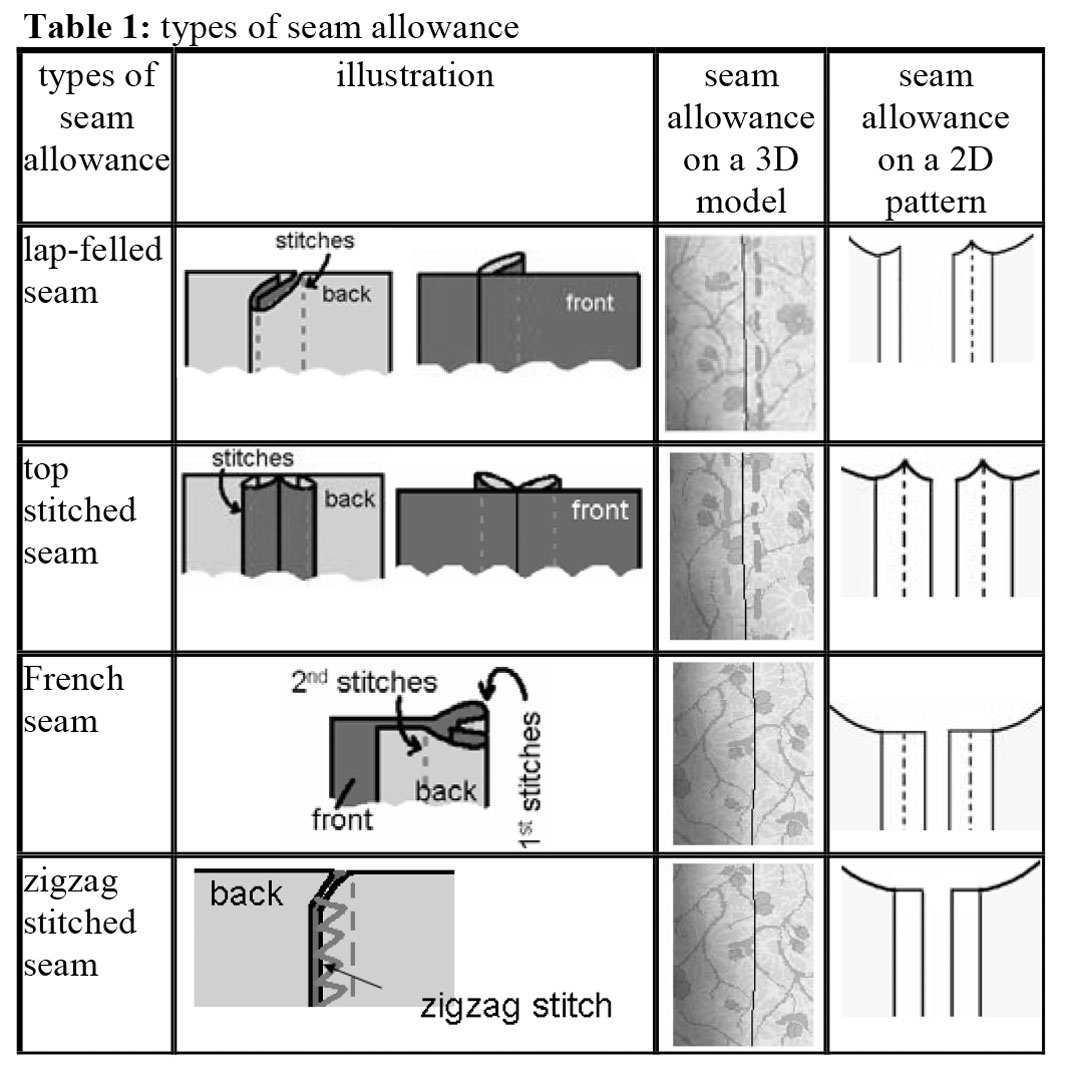“Automatically adding seam allowance to cloth pattern” by Igarashi, Igarashi and Suzuki
Conference:
Type(s):
Title:
- Automatically adding seam allowance to cloth pattern
Presenter(s)/Author(s):
Abstract:
Various methods have been proposed for novice users to design their own garments using computers recently [Igarashi and Hughes 2002; Turouin et al. 2007]. These systems automatically generate a 2D cloth pattern from user input and the user can create a real garment by sewing the pattern together. To sew a real fabric, one also needs to leave an appropriate seam allowance when cutting the two-dimensional (2D) pattern. Difference seam allowances result in different look of the resulting garment [Hu et al. 1997], so appropriate design of seam allowance is very important. However, traditional computational pattern generation methods did not automatically generate seam allowances mainly because the target users were expert users and they prefer to manually add seam allowances. However, it is difficult for a novice user to add appropriate seam allowance manually and it is desirable that the system automatically create cloth pattern that takes seam allowance into account.
References:
1. Igarashi, T., and Hughes, J. F. 2002. Clothing manipulation. In Proc. of 15th Annual Symposium on User Interface Software and Technology (ACM UIST 2002), 91–100, 2002.
2. Turquin, E., Wither, J., Boissieux, L., Cani, M.-P., and Hughes, J. A sketch-based interface for clothing virtual characters. IEEE Computer Graphics & Applications, 27(1), 72–81, 2007.
3. Hu, J., Chung, S., Lo, M.-T. Effect of seams on fabric drape. International Journal of Clothing Science and Technology, 9(3), 220–227, 1997.





